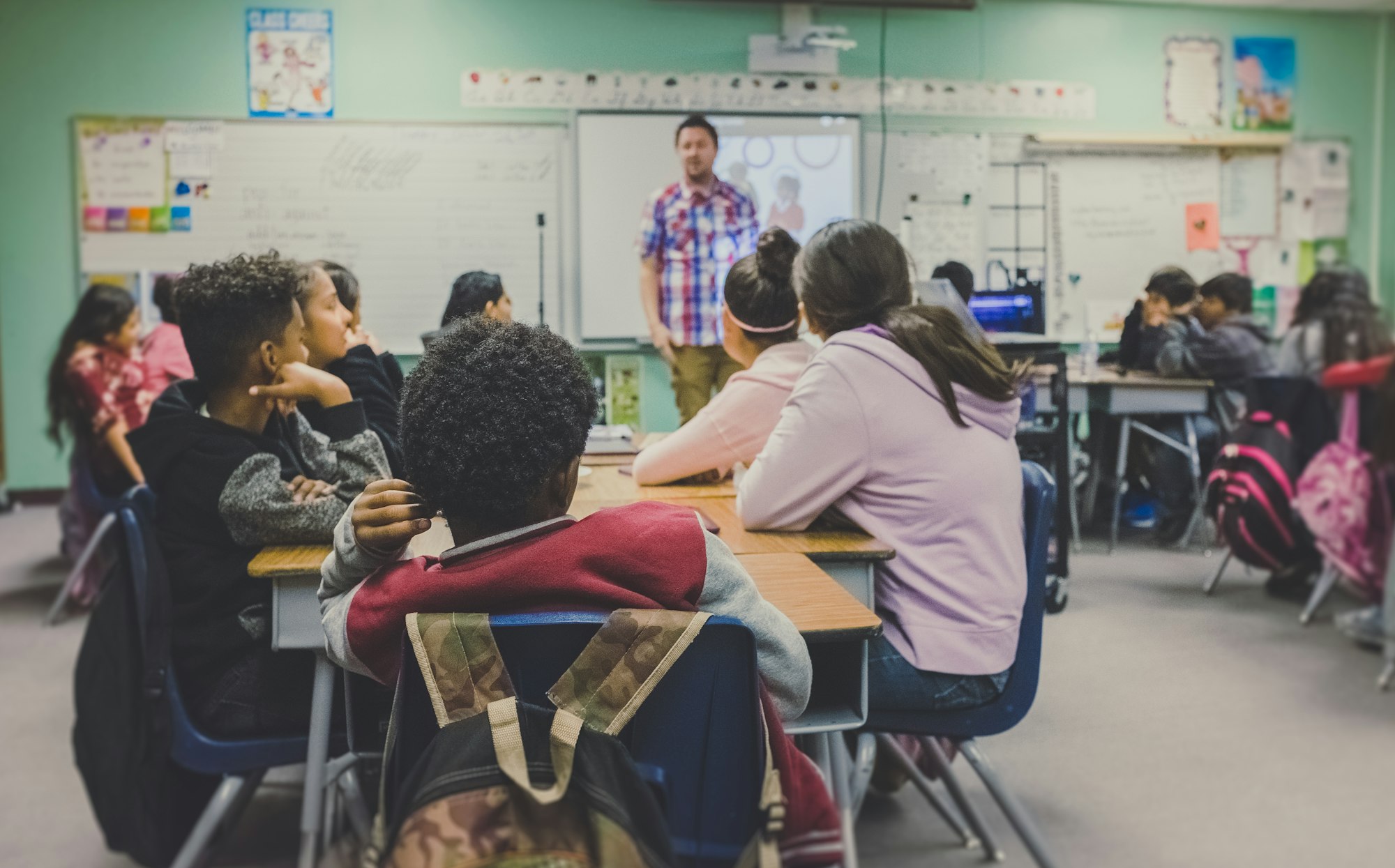As the classrooms went online, many new terms were introduced to describe the new learning processes and environments. One such term is ‘flipped classroom.' It is a pedagogical approach in which an educator guides students as they apply new concepts in the classroom. It provides a dynamic and engaging learning environment to every student where they can apply their understanding to solve real problems.
A flipped classroom is based on four pillars, namely:
- Flexible environment
Flipped learning supports multiple forms of education. Teachers can promote group work and independent study at the same time. Moreover, this kind of learning allows educators to develop flexible expectations from students.
- Learning culture
In a traditional classroom, teachers are the most important source of information. However, flipped classrooms change the in-class dynamics and shift them in favor of students. In-class time is dedicated to exploring new topics and creating an enriched learning environment. Students are continuously involved in imbibing new learning as they participate in and evaluate their knowledge in personally meaningful ways.
- Intentional concept
Educators in a flipped classroom are always thinking of providing new and enriched learning experiences to students. They aim to help their students develop conceptual understanding and procedural fluency. Educators set a learning path for students and decide what they should teach in the class. Also, they help students understand which learning materials they should refer to independently.
- Professional educator
The role and responsibility of a professional educator are even more demanding in a flipped classroom setup. They aim to provide constructive feedback to students and help in their overall development. Moreover, they monitor their students and help them deal with in-class problems.
These are the four crucial pillars of a flipped classroom that promotes an inclusive learning experience for all students.
How to implement a flipped classroom?
Educators can create a flipped classroom in these six easy steps mentioned below.
- Plan
Plan how to flip the classroom. Form a lesson plan and outline the key learning outcomes in advance.
- Record
Instead of taking in-person classes, focus more on providing online lectures. Use video conferencing to provide valuable lessons to students. Ensure to cover all the topics in the online lectures.
- Share
Share the content with students and make it engaging and clear.
- Change
When students view video lectures, they are more attentive to the subject. Also, they are more likely to go in-depth than ever before.
- Group
Segregate students into different small groups and ask them to perform a specific task. Ask them to write a poem, play, make a video, etc.
- Regroup
Get students back to the classroom and share their work with everyone. Ask questions and dive deeper into the topics.
Following these steps will provide a flipped learning experience in the classroom. Moreover, review, revise, and repeat the steps mentioned above to provide an enriched learning experience to students.
Benefits of the flipped classroom for students
The prominent benefits of enabling a flipped classroom experience are:
- Students can learn at their pace
When a student falls behind in any lecture, they stay behind while the rest of the class moves forward. However, the flipped classroom provides equal learning opportunities to students and helps them learn at their pace.
- Teachers can work closely with students in the classroom
Teachers can keep a track of students' activities and learning. They can solve students’ doubts and clarify their understanding of various topics. If students face difficulties, teachers can help them understand concepts taught in the video lessons.
- Students can share concepts with peers
Engaging with peers becomes a bit challenging in traditional classrooms. In a typical classroom setup, students attend classes for lectures and revise the concepts at home. However, this procedure is different in a flipped classroom. Here, students study through video lectures and come to class to solve their doubts and share concepts with their peers.
- Keep a check on students’ mental health
The pressure in a traditional classroom may impact the mental health of students. However, flipped classroom reduce the frustration levels in students and ensure a higher work completion rate.
Role of technology in a flipped classroom
Technology like networked AV plays a critical role in enhancing the experience of flipped classrooms. Technology helps students and teachers connect seamlessly to share valuable information. Moreover, it provides flexibility and scalability through networked audio and video. In addition to AV networks, automation systems are also critical to enable a smooth learning experience in flipped classrooms.
Teachmint is the leading ed-infra provider helping educational institutions improve their efficiency. With our offerings like LMS, attendance management, fee management system, and more, institutes can boost their productivity multifold.
Suggested Read: Effective Learning through Smart classrooms






